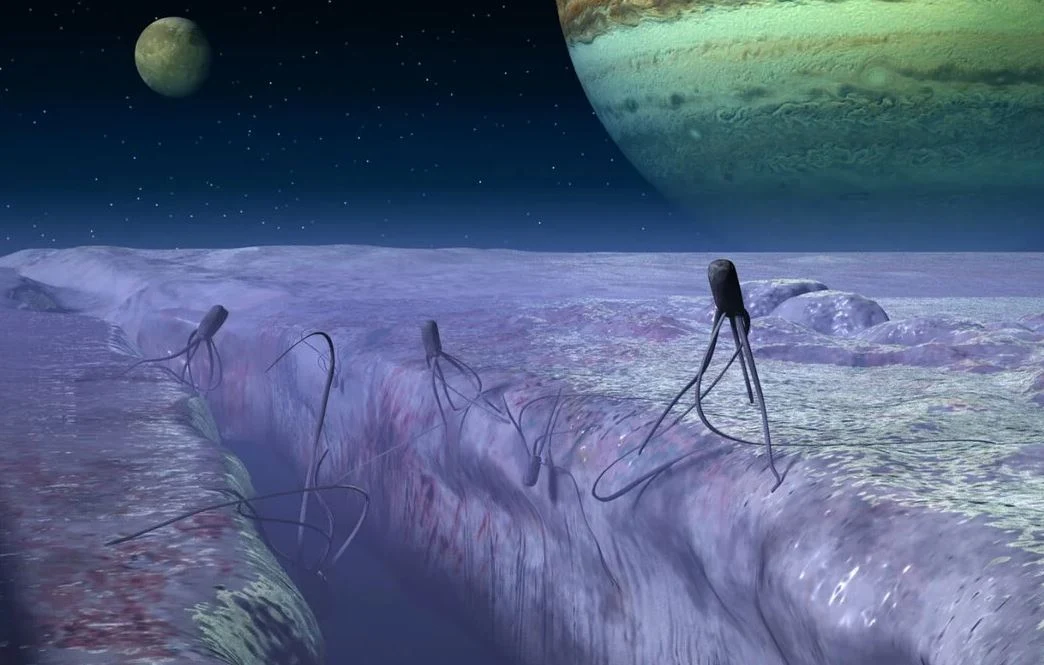(Planet Today) Scientists now believe that water planets are much more common, but the water there could be mixed with rocks or underground, rather than as surface oceans.
Water is one of the most important components of all life on Earth, and it is what scientists most often look for in habitable exoplanets. But it turns out that water-rich worlds are far more common in the Milky Way Galaxy than we first thought, a new study has found.
The findings of this study, published in the peer-reviewed academic journal Science, shed light on the prevalence of water in the universe, which could potentially be a game-changer in the search for strange new habitable worlds.
Contrary to popular belief, it is not surprising that water can be found outside the Earth. In fact, water is already surprisingly widespread in the universe.
Even in our own solar system, while very faint traces of water can be found in the atmospheres of other planets, many asteroids likely have significant amounts of water—in fact, some scientists suggest that most of Earth’s water came from asteroid impacts.
Water can also be found on moons, with several moons in the solar system, such as Jupiter’s moons Ganymede and Europa, supposedly containing large amounts of water.
Contrary to popular belief, other planets are also known to have water, though not necessarily the planets in our solar system.
But how common is it? It turns out, much more often than we thought at first. Water is not an ocean on the surface, but either mixes with rock or forms pools and oceans below the surface. This is not unprecedented – this is what scientists expect is happening on Europa.
These findings are significant because, while they may not be signs of life, they confirm previous theories about planet formation. But, unfortunately, the study is not perfect. While there is plenty of evidence to support scientists’ hypothesis, they need more undeniable concrete evidence that these planets have water.
NASA’s James Webb Space Telescope has capabilities far beyond those of other space telescopes, allowing much more detailed exploration of exoplanets. This includes being able to see the chemical composition of a planet based on how light reflects through it. But time will tell if NASA’s James Webb Space Telescope confirms these theories.
